Pests and diseases of Lentils: How to eliminate them?
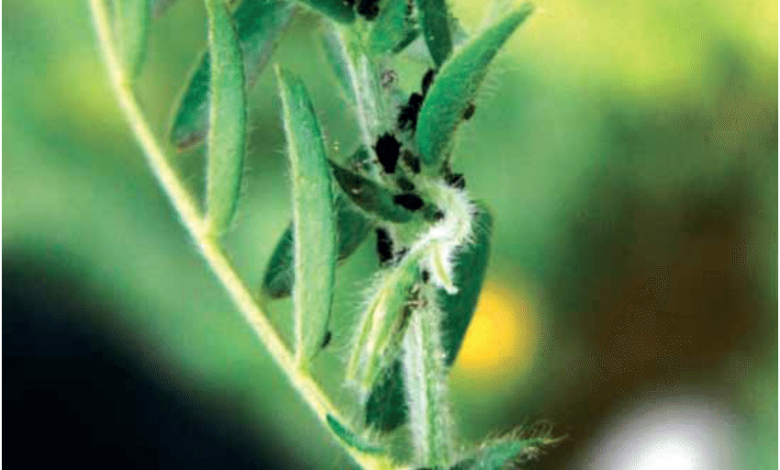
Hello to all agrohuerters! In today’s article we will learn what the most common pests and diseases of lentils are and how we should act if we detect them. Therefore we must take our magnifying glass of entomologists and begin to investigate. Here we go!
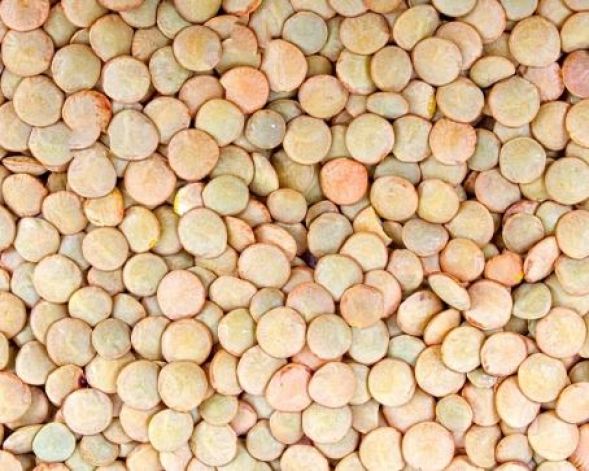
1. Pests and diseases of lentils: Most important pests
Black bugs on lentils: weevils (Bruchus lentis)
Small black coleoptera (beetles) with a long head forming a beak are known by the name of “weevils”.
Industry experts say that the weevil is one of the most damaging pests for lentil cultivation as it can cause great losses both in the cultivation phase and in the storage phase.
In spring the weevils fly towards the lentil plants and lay their eggs in the plant’s pods. In the adult state, they dig galleries in the pods through which they will go outside. This cycle causes numerous losses in the production of lentils.
Control:
- Tights
- Eliminate the grains attacked
- Crop rotation
I leave you this article about the weevil, very interesting and curious!
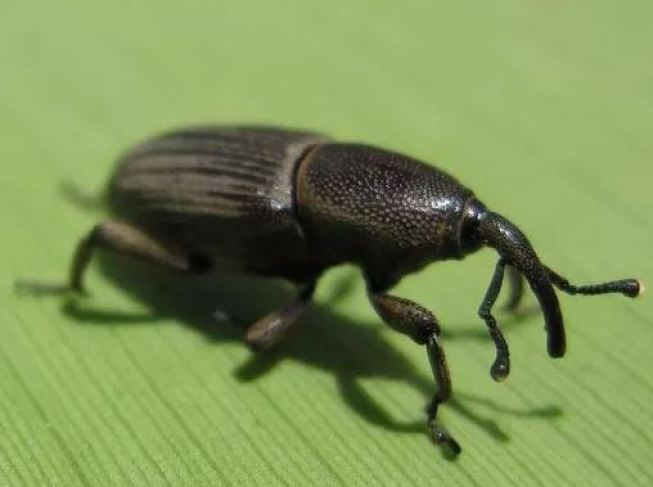
Black aphids on lentil plants
Black aphids, like the rest, belong to the aphid family and as we have seen in other articles, they are one of the most common pests in orchards and gardens. They are small in size (1-3 mm in length) and can have different colors depending on the species to which they belong. They attack the young shoots of crops with a high sugar content.
The larvae cause damage by making galleries in the leaves of plants. As for adults, they feed by sucking sap from leaves, buds and young shoots using the stylet of their mouthparts.
In addition, they excrete a sticky, sugary liquid called honeydew that attracts ants. They favor the appearance of a fungus known as bold and can also transmit viruses from one plant to another.
There are many methods to fight against the aphid that you can consult in previous articles. Today I leave you a link on how to prepare an infusion of garlic to kill them.
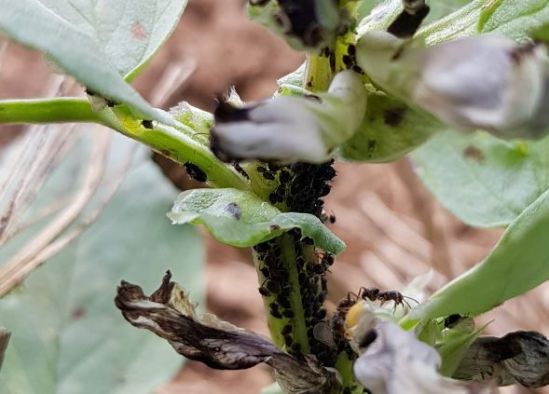
legume flies
Legume flies belong to the Diptera group and can cause economic losses in lentil crops.
The most harmful species are:
- Phorbia platura
- piss contamination
- Liriomyza trifolii
- Liriomyza cicerina
2. Diseases of lentils
rust on lentils
It is present throughout the country. It needs mild temperatures and very high humidity. It can appear after long periods of heavy rains.
It is characterized by the appearance on the leaves of circular spots of at least 1 mm in diameter. Later, tan pustules can be seen, and in later stages, black pustules appear on stems and leaves. It can cause significant defoliation in plants.
anthracnose
Anthracnose is a fungus that mainly attacks pods, leaflets and stems. The disease begins with the appearance of numerous round spots (approximately 5mm) that are yellow in color with dark edges. As time goes by, they spread out and join each other until they occupy a large area. The worst thing about this disease is that it spreads deep and can even cause damage to peas if the pod is affected. It usually appears when temperatures and humidity are high. And it can even cause the death of our plants.
Some prevention methods:
- Good soil drainage.
- Crop rotation.
- Clean crops of weeds.
- Red thyme application.
White spots on the leaves: powdery mildew
Powdery mildew is one of the most common diseases, which is why lentils are not free from it either. It appears in the form of white spots and gradually transforms into a grayish-white powder. Thanks to that white powder, it is one of the easiest mushrooms to spot. It normally develops on the upper surface of the leaves, although it can also spread along the stem or the fruits. Their presence hinders photosynthesis. If we do not control it well, the leaves turn yellow and can dry out. Humidity and warm temperatures favor its spread.
Control: The most used ecological methods are based on preparations of horsetail or garlic.
References
- Braun, U. (1980).Morphological Studies in the Genus Oidium. Flora. 170(1–2), 77-90.
- U.Braun. (1982).Morphological Studies in the Genus Oidium (II). Zentralblatt für Mikrobiologie. 137(2),138-152.
- Foottit, RG, & Maw, HELBT-RM in LS (2017).Insects-Aphids. Elsevier.
This is all for today, I hope you have become a little more familiar with the pests and diseases of lentils and see you in the next article.
Have a nice day!

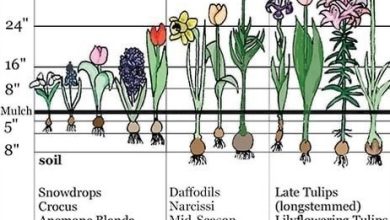


![Photo of Pests and Diseases of Peonies: [Detection, Causes and Solutions]](https://www.complete-gardening.com/wp-content/uploads/2022/08/pests-and-diseases-of-peonies-detection-causes-and-solutions-390x220.png)